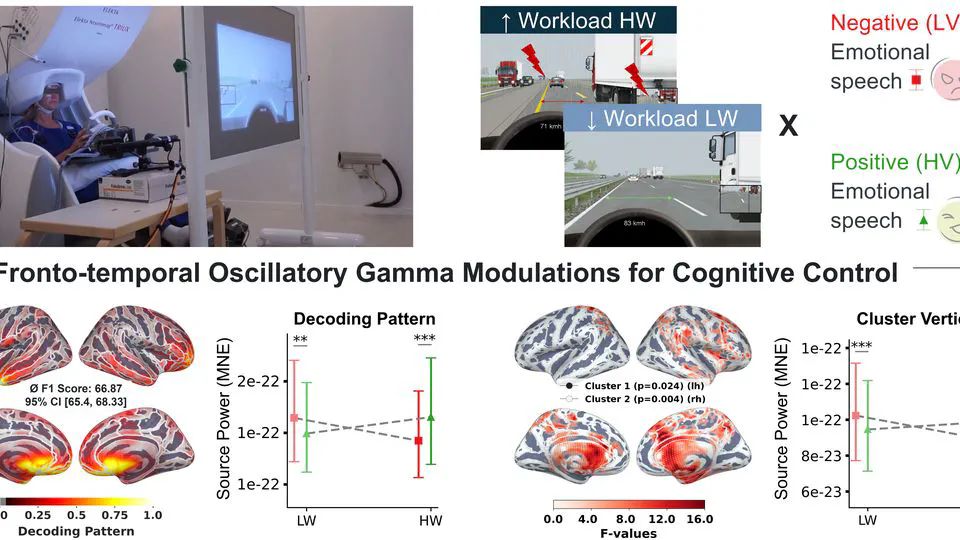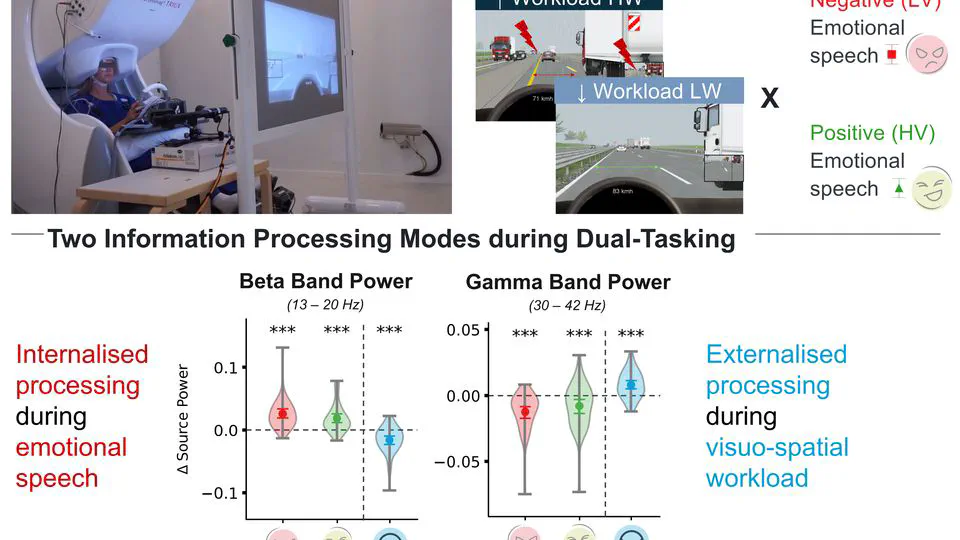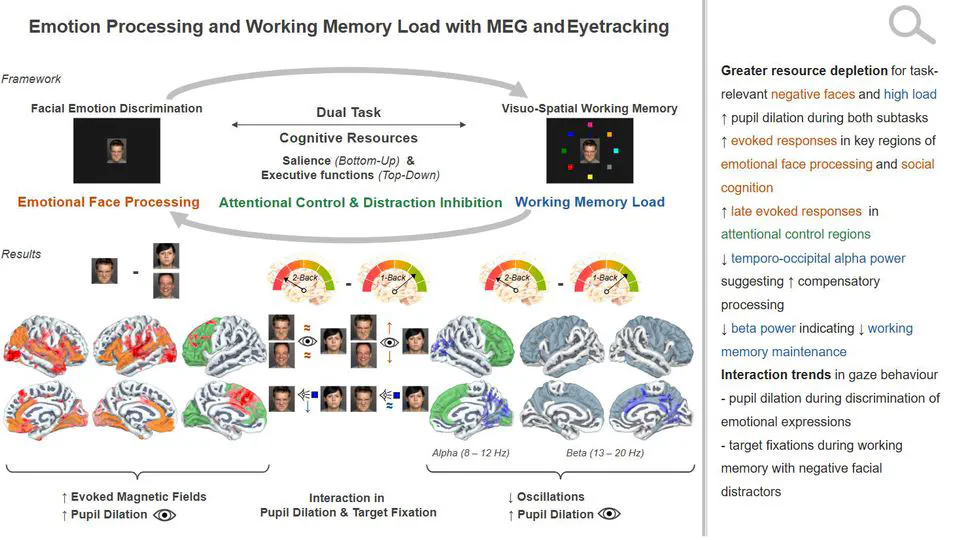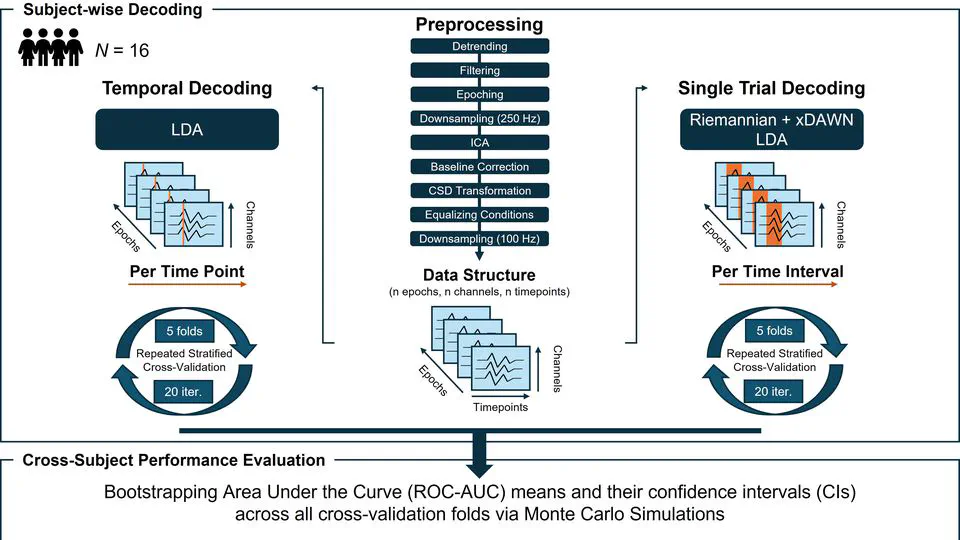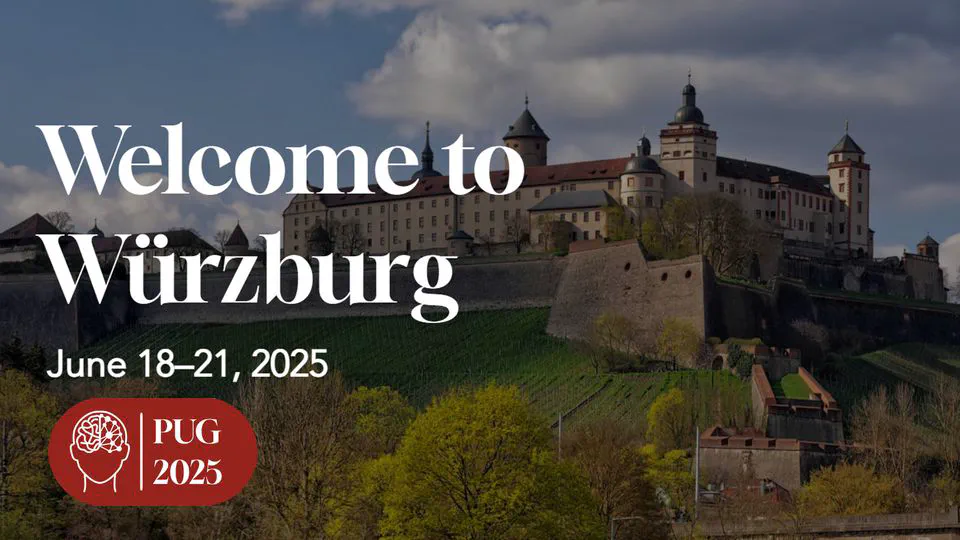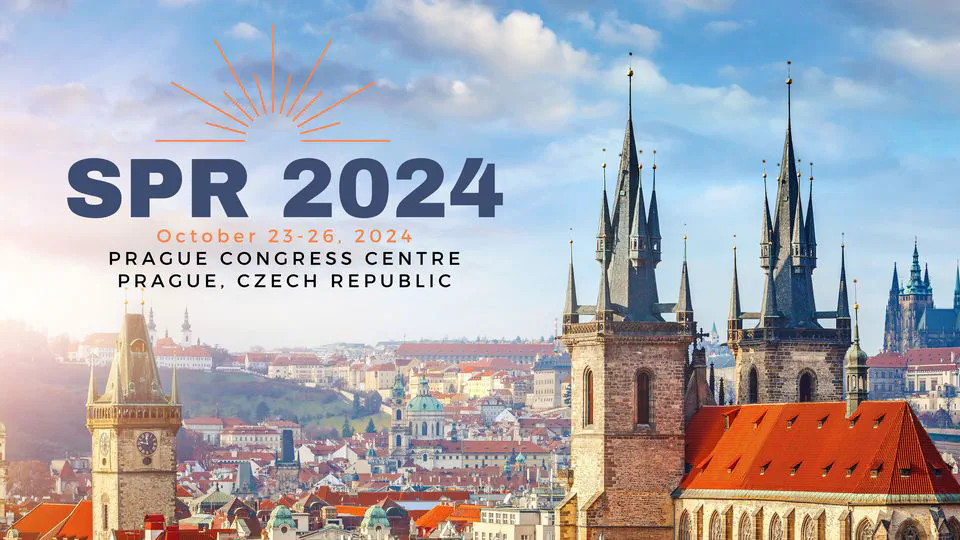🏆🏅🧠 PuG 2025 Poster Award from the Biopsychology and Neuropsychology Division of the Deutsche Gesellschaft für Psychologie (DGPs) e.V.
I am honoured to receive the Poster Award at PuG 2025 for my work on decoding the neural basis of emotional speech and attentional control in realistic environments.
